Qorikancha is listed by Lonely Planet as the one site to visit in Cusco if you’re short on time. It has the typical features of an important site: the indigenous monument plastered over with a Catholic church by the Spaniards.
That’s the story the physical places tells. From afar you can see the massive stonework the Inca is known for was used as a base with the church sitting atop.
Quorikancha, also known as Coricancha or Quri Kancha, is quechua for “golden temple.” The story is that this Inca temple dedicated one half to the sun and the other to the moon. It’s said that the walls of the building were covered in gold, 700 sheets weighing 2kg each! Legend has it that some of these gold pieces were hidden away, yet to be found.
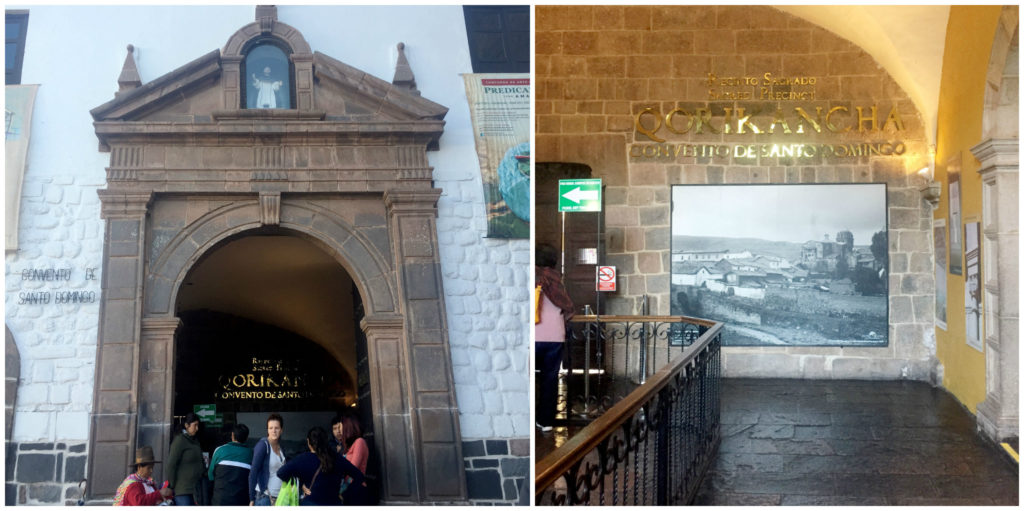 Walking in, you’re greeted by a sign restricting photographs. Many areas are off limits for photographs, likely because there’re paintings/artwork that can be damaged by flash.
Walking in, you’re greeted by a sign restricting photographs. Many areas are off limits for photographs, likely because there’re paintings/artwork that can be damaged by flash.
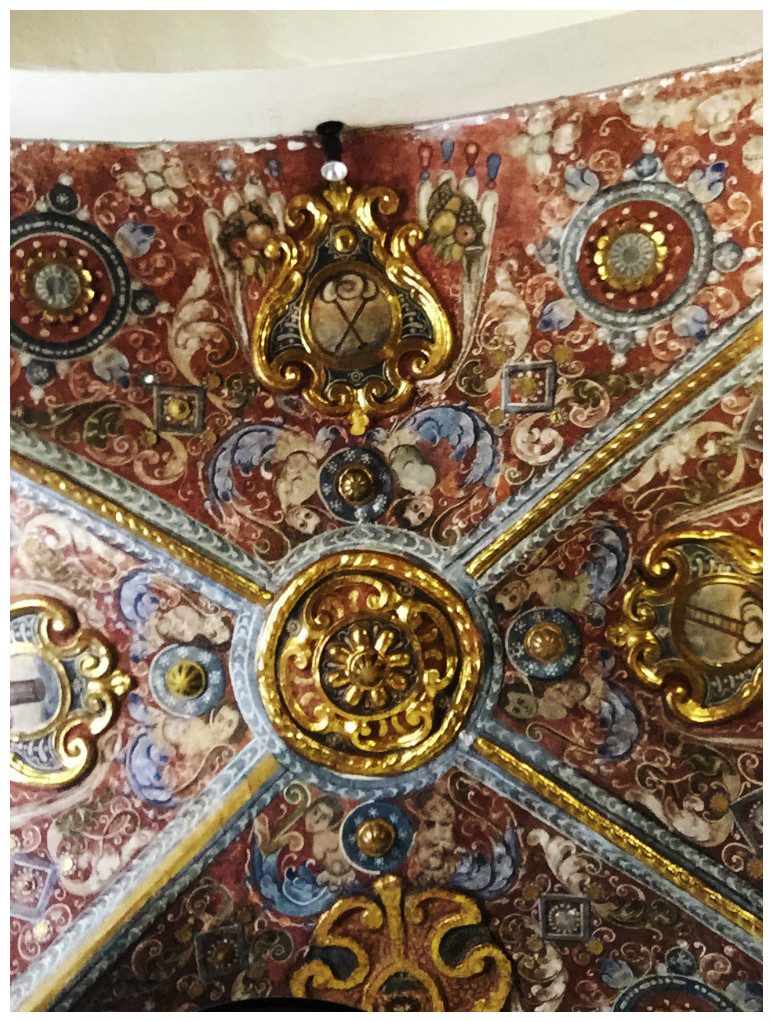
The courtyard is made up of Inca stonework surrounding the central garden, adorned with European religious paintings.

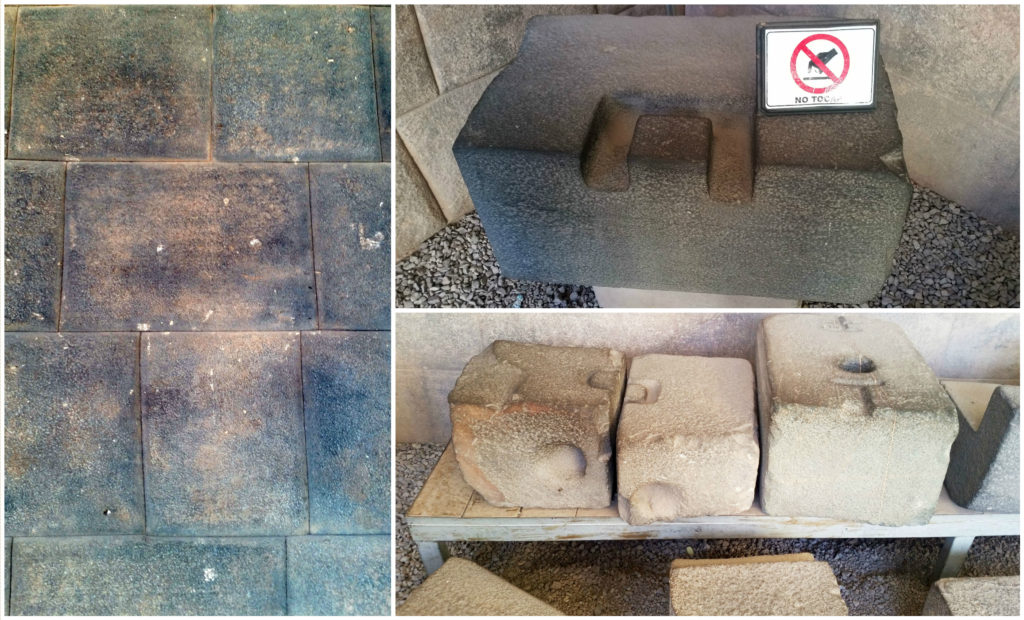
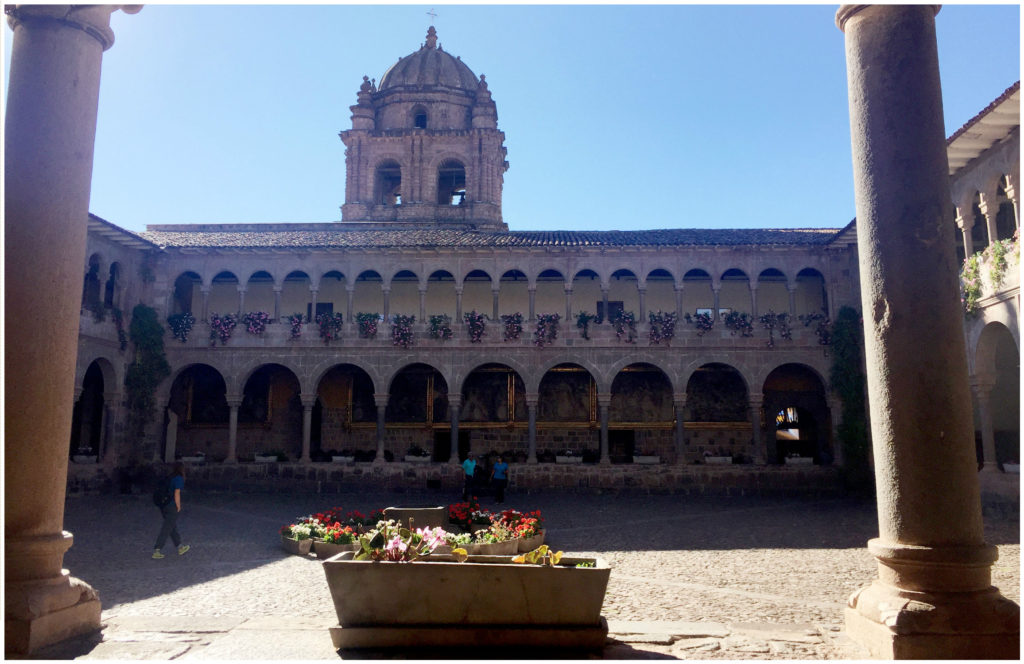
At the back of the courtyard was an exhibit of religious artwork (again no photographs allowed). These works of art were mostly from the Cusco School of art, which is the name of the actual art school of the time, rather than a style. The conquistadors used imagery to help convert locals to Catholicism.
There were paintings of many of the saints, the three archangels with names, as well as the Virgin Mary. They weren’t perfect paintings—in trying to show anatomy, as in Italian traditions, some of them just looked strange (abs all the way up the chest, yet no nipples!).
Some of the most interesting pieces, in my opinion:
- Carved Jesus on the cross, from head to toes and most of his arms were carved from a single piece of ivory.
- A statue of the pregnant Virgin Mary. Noted that it was one of the few surviving images of her in all her pregnant glory. Why isn’t her pregnant body celebrated? Instead images of Mary are usually her just looking saintly, with little to no real motherliness about her.
- A giant painting that shows an idealized version of the conquest with the Incas, missionaries, and conquistadors standing looking at each other. The painting even embellished that the arrival of the Spanish happened in 1530, 2 years earlier than when they actually arrived.
On the Western side of the courtyard were more examples of beautiful Inca stonework. Places of significance, such as religious temples, used double door jams and the perfectly lined stones without any cement or mortar between.
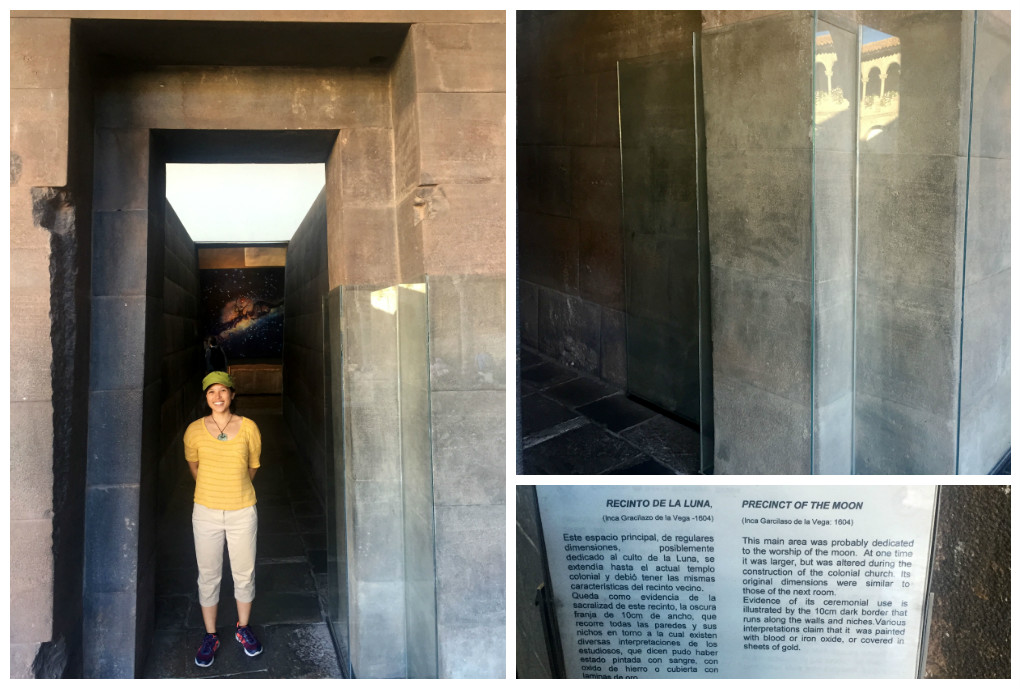
At the end of this hallway are a few paintings. The first is of the milky way in Jul/Aug—known as the celestial river. Alpha and Beta Centauri make up the eyes of the llama. Can you see it, or any of the other animals?
The next is of the Seqe system, which illustrates the location of the other wakas (sacred places) and their provinces in relation to Qorikancha (the center of the painting).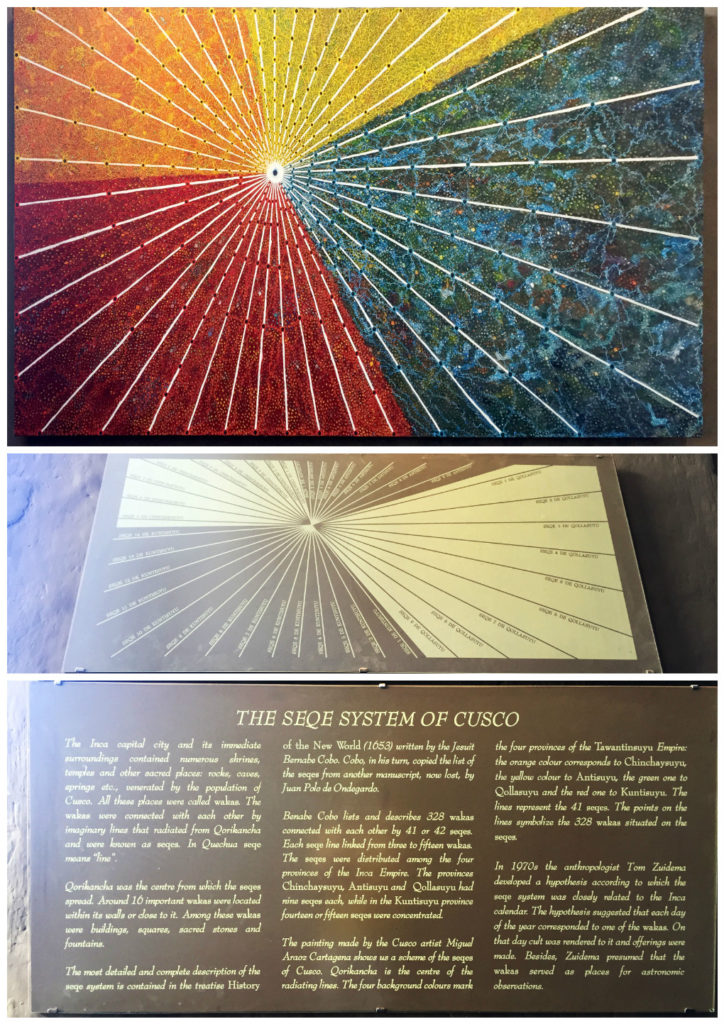 Walk outside, you can see Avenida El Sol and a beautiful panorama of Cusco.
Walk outside, you can see Avenida El Sol and a beautiful panorama of Cusco.
Upstairs has another gallery and entrance to the upper area of the Catholic church. Pretty standard except for these amazing modern paintings of Saints and other holy people! Rather than typical European men, these paintings showed real diversity.
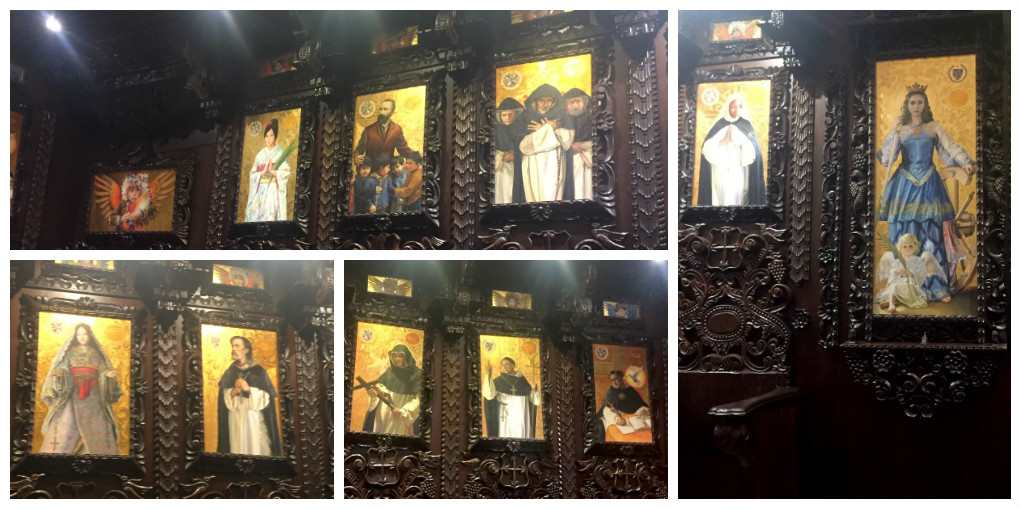
From the upper East side, you can see the surrounding landscapes too.
Last but not least, is an area dedicated to art.
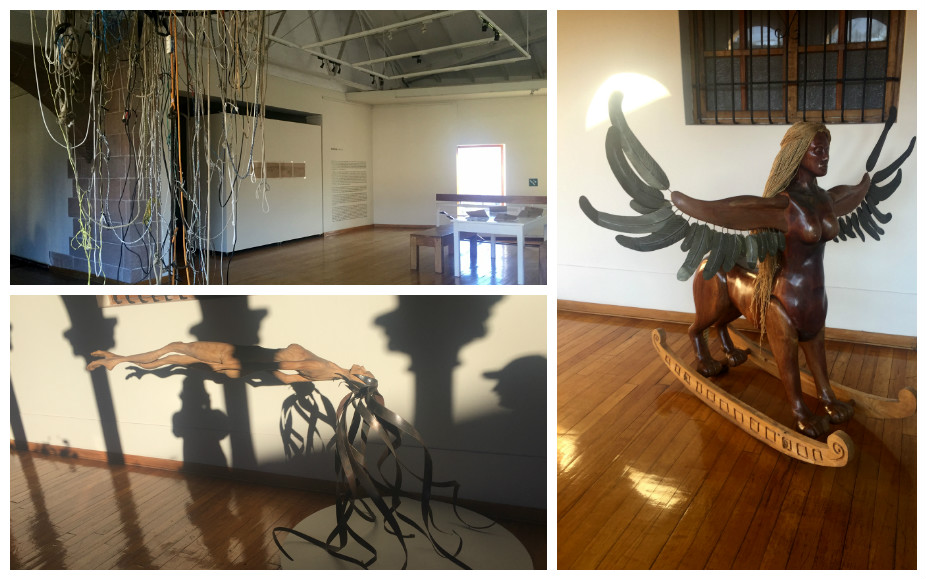
Layers of culture make Qorikancha a rich attraction to tourists and locals; it’s a bit of Inca history mixed with Spanish Catholicism: the story of a modern-day Peru through art and artifacts.
Logistics:
15 soles to enter Qorikancha itself. Entrance is by the church-looking part of the building. This is certainly worth the fare.
There’s an accompanying underground museum for Qorikancha, accessible from Avenida El Sol. Entry fee is included in the Boleto Turistico (170 soles for the 10 day pass, cash only). We bought our Boleto Turistico here, and found that the register was short on change; would recommend you to bring exact change if possible. It’s not necessary to visit to thoroughly enjoy Qorikancha but if you have a Boleto Turistico already, might as well take a peek.
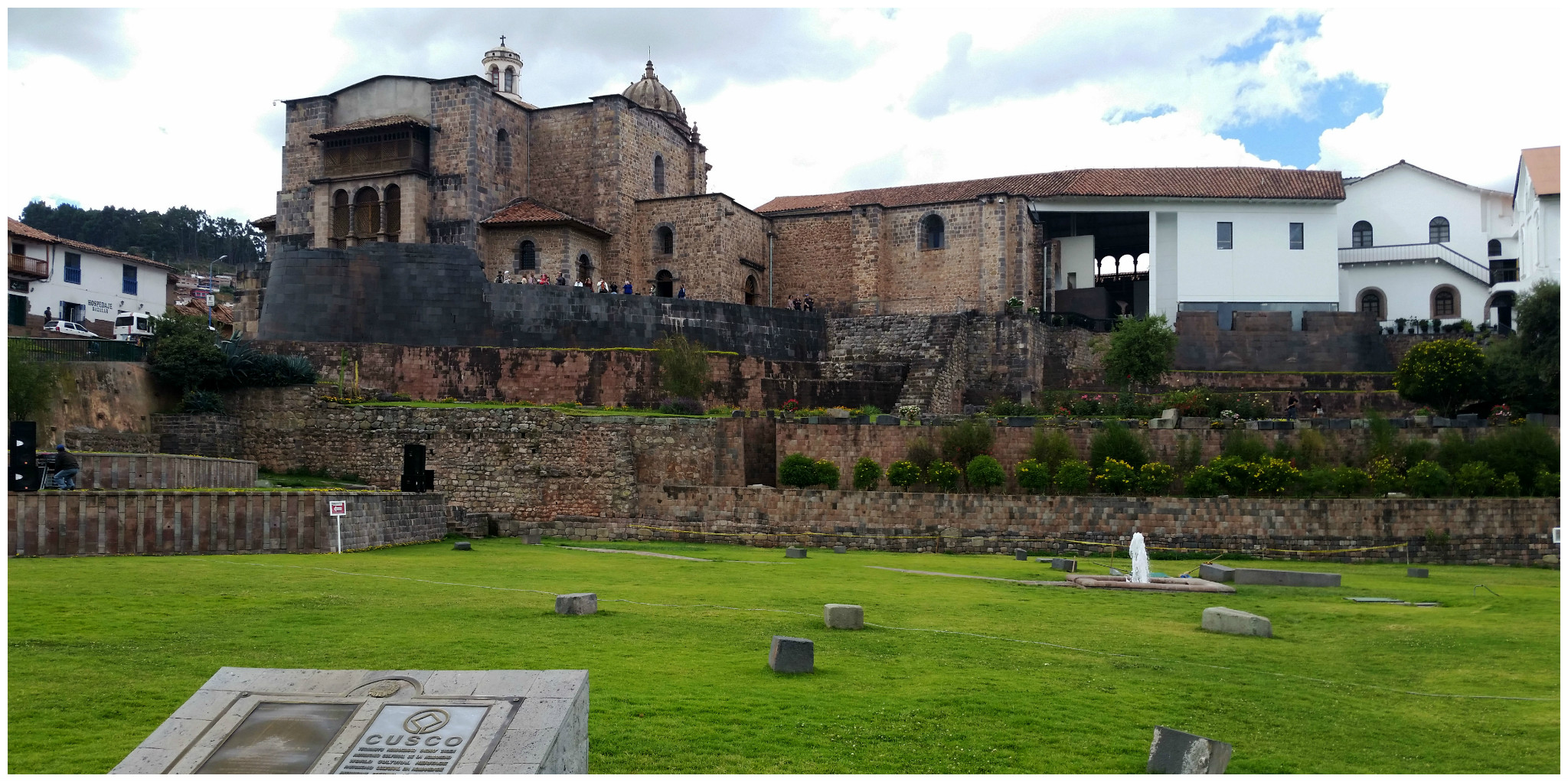
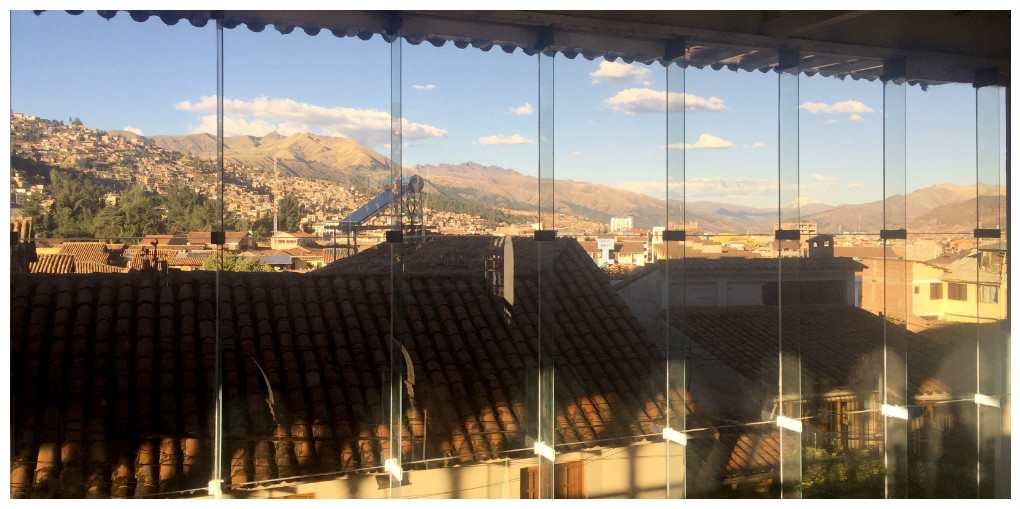
Art, art everywhere! Beautiful! The trapezoidal walls and doorway are amazing.